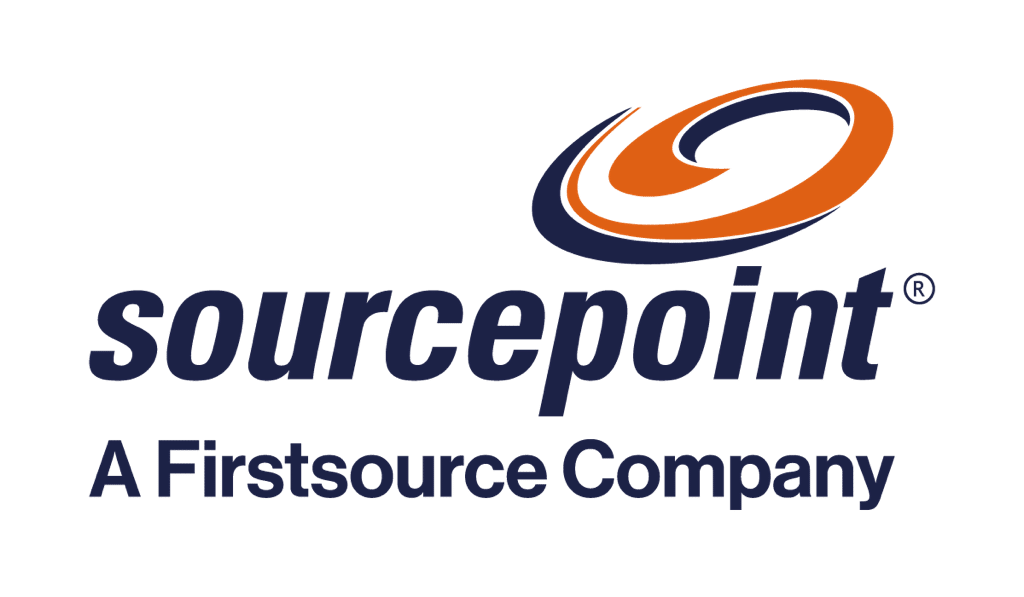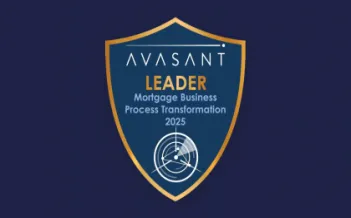In our enforcement-focused regulatory environment, the mandate for accurate, timely and efficient mortgage post-closing has never been stronger. The business case for complying with regulations and investor guidelines includes saving on interest and fees, faster turns on credit lines, fee and penalty avoidance and loan salability.
If there is a case against managing a proper post-closing operation, it is that it does not make money. It takes management focus away from core processes, like loan origination, and there is the universal sentiment that employees could better be deployed to more important activities.
If there ever was a mortgage process ideal for outsourcing, this is the one.
In many origination shops, post-closing is understaffed, under-automated and under-appreciated. Backlogs are commonplace, particularly following mortgage booms like we experienced in 2020 and 2021.
At the same time, the compliance spotlight has never been brighter. Regulatory penalties can range from a financial slap on the wrist to a cease-and-desist order. And with that, the brand risk of noncompliance.
So, what are the features of a properly managed post-closing function?
1. Capacity to support volume
At the top of the list: capacity. You never want to confront a backlog. Catching up seems near impossible as new loans continue to flow in. Credit line turn-times go from days to weeks to months, and your liquidity is impaired. Not a pretty picture.
Offshore Mortgage Outsource Partners (MOPs) enjoy an advantage over domestic in-house operations: they have access to a large supply of relatively low-cost, experienced knowledge workers who can step in to address backlogs and address go-forward volumes. Backlogs that number in the thousands can be retired in weeks—including trailing doc requests.
2. Compliance codified in technology and processes
The CFPB is turning an increasingly attentive eye toward post-closing, particularly in situations where consumers might be disadvantaged. There are aspects of TRID that may require disclosures within 30 days of post-closing. Failure to file a loan satisfaction document within a stipulated timeframe can carry a penalty of thousands of dollars in some states. Investors may impose fees for loan files not delivered on time.
Post-closing may not be a money-making activity, but it can sure cost you if you don’t get it right.
Ideally, compliance requirements will be codified into systems and processes used in post-closing. Requests for trailing documents can be automatically generated if missing documents are detected during stacking. Follow-up requests can also be made automatically. Missing or inconsistent data contained in the loan documentation can be quickly detected and corrected or referred to an operator for reconciliation.
In a modern post-closing function, there is no reason why loan files should be faulty when ready to ship.
3. Controlling the process through automation
There was a time when we managed our days using Post-it notes, while-you-were-out telephone message pads and a daily diary carried in breast pocket or purse.
Today, email and text messages populate a digital calendar. A wrist device reminds you of tasks yet to be completed, and whether you met your daily exercise goal.
How did we get by without being nudged, prodded and reminded electronically? Control is a by-product of automation; it is how we organize, prioritize and manage events and processes. Post-closing processes that are manually driven can be pretty ad hoc, just as business life was back in the day.
Juggling files, relying on memory or ticker files and manual document review relies on human recall that is often fallible.
There is a rich array of automation options for managing post-closing, a process that requires verification, attention to detail and coordination with other parties. Digital transformation tools for extracting information from paper documents are nearly 100% reliable.
Robotic Process Automation organizes documents and reviews the content for accuracy and consistency across the loan file. Artificial Intelligence adjusts processes to reflect new decisioning criteria. And human judgment—the most expensive of these—deals with exceptions and contingencies.
4. Coordinating loan documents in a virtual mailroom
Loan post-closing begins with an assembly line of documents, email messages, hand-written notes and forms. Getting this information efficiently into a digital format that can be organized and cross-checked requires a virtual mailroom, a collection point for all documents physical and electronic.
One of the most productive tools in the post-closing automation arsenal is Optical Character Recognition coupled with digital transformation. Paper documents are quickly elevated to digital data streams that can be easily cataloged, checked and streamed into a proper format for loan transfer and investor reporting.
Robotic Process Automation adds oversight, alerting associates and third parties when required documents have not been submitted, or submitted incomplete.
Traditional mailrooms are passive, their pace determined by the volume of incoming mail. It is not necessarily a 24/7 activity, nor is mailroom staff on the lookout for critical documents. The virtual mailroom solves for that with around-the-clock automation, checklist-level tracking of incoming and expected documents and the ability to deal with mail that is both physical and virtual.
The clock is ticking on post-closing and the mailroom sets the pace on the entire process.
5. Compiling documents for shipping and transfer
Conventional document stacking processes involved organizing forms into a sequence to meet the requirements of investors, insuring entities and MSR buyers. Traditionally driven by checklists, the emphasis is typically placed on the order of documents, not necessarily their integrity.
With the ability to digitally transform physical documents and couple them with data streams emanating from a lender’s LOS platform, additional validations can be performed as a part of the stacking process.
Manual document stacking methods leave room for missing or incomplete documents. A digital process can quickly validate the sequence, consistency and integrity of loan records prior to shipping.
Handpicked Related Content
https://www.sourcepointmortgage.com/digital-first-mortgage-post-closing-services/
Mortgage post-closing can seem trivial when compared to activities perceived as being more critical, like loan origination. But failure to meet regulatory and policy requirements in post-closing can cost you time, money and credibility. Through automation-enabled outsourcing, you can take this process off your plate and go to sleep at night knowing you are in full compliance—and likely at a lower cost than internally-managed processes.
Are you looking for a cost-effective solution to your post-closing challenges? We offer a suite of services that range from mailroom to trailing docs and shipping. Our post-closing automated solution applies technology, process and people to streamline mortgage post-closing, enabling you to focus on high value activities.




